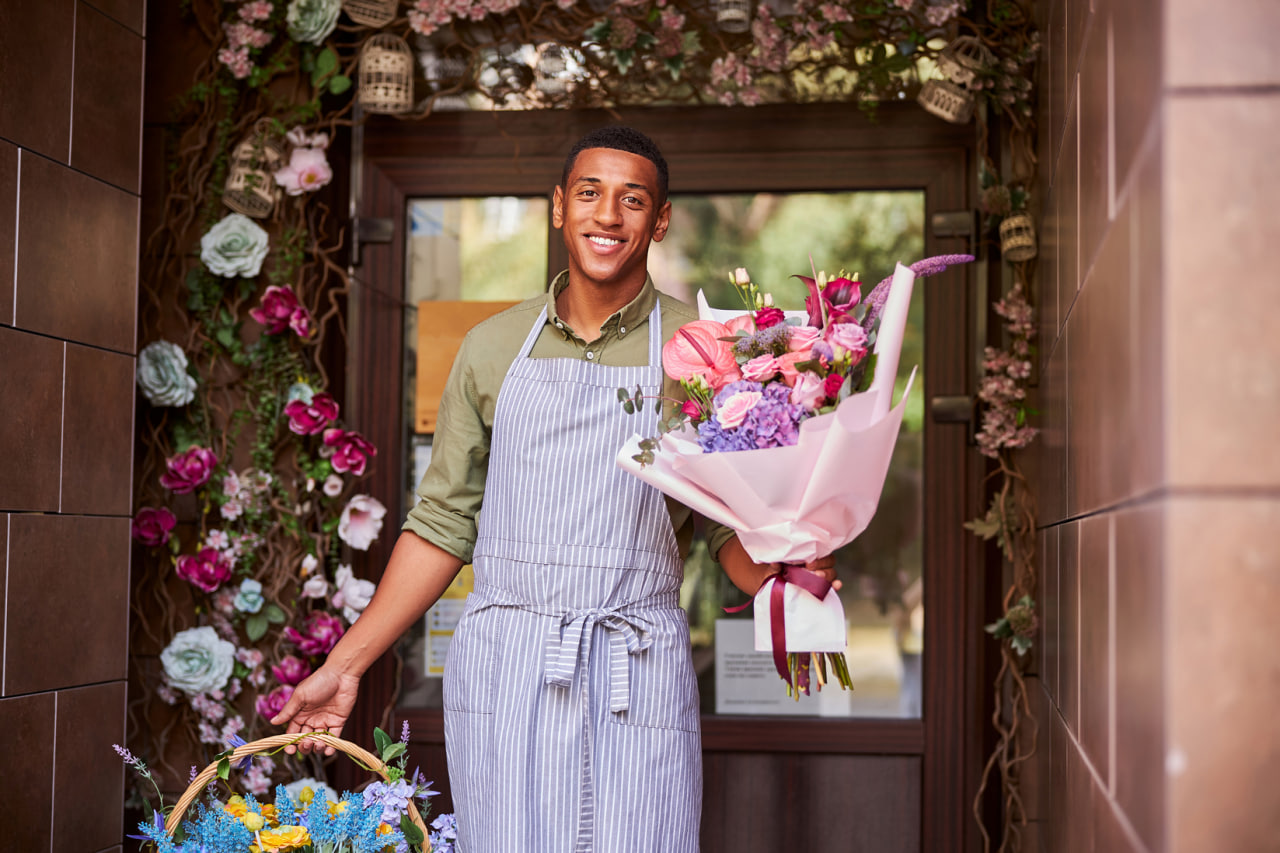Seasonal Wedding Flower Trends: Choosing Blooms for Every Time of Year
Understanding the Importance of Seasonal Flowers
Seasonal flowers play a vital role in shaping the aesthetic and mood of a wedding. By aligning your floral choices with what is naturally in bloom, you not only ensure that your arrangements are fresh and vibrant but also help manage costs. Seasonal flowers often have better quality, richer colors, and are more sustainable since they require less transportation and artificial cultivation.
Spring: Freshness and Romance in Full Bloom
Spring is the season of renewal, and weddings during this time benefit from the wide variety of delicate, fragrant flowers available. Soft pastels and lush greenery dominate spring palettes, evoking feelings of romance and new beginnings. Popular spring blooms include peonies, tulips, ranunculus, lilacs, and cherry blossoms. These flowers work beautifully in bouquets, centerpieces, and even cascading installations. Mixing these blooms with airy foliage like eucalyptus creates a light, fresh look perfect for the season.
Summer: Bold Colors and Abundant Choices
Summer weddings embrace vibrancy and abundance. The warm weather allows for a vast selection of blooms in nearly every color imaginable. Roses, dahlias, sunflowers, zinnias, and hydrangeas are common favorites. Summer florals often feature bright, bold hues like coral, fuchsia, and sunny yellow, which pair beautifully with tropical greens. This is also the season for incorporating exotic blooms such as orchids and proteas for couples looking to make a statement. The durability of summer flowers makes them ideal for outdoor weddings where heat and humidity could be a factor.
Autumn: Warm Tones and Textural Richness
Autumn weddings are often defined by their earthy tones and rich textures. This season offers an array of flowers in deep reds, oranges, and golden yellows, perfect for creating warm, cozy atmospheres. Chrysanthemums, marigolds, dahlias, and asters are excellent choices, often paired with seasonal foliage like maple leaves or berries. Pampas grass, wheat stalks, and seed pods can add texture and depth, making arrangements feel full and dynamic. Fall florals also blend beautifully with rustic wedding themes and natural wood accents.
Winter: Elegance in Minimalism
Winter weddings call for a different approach, focusing on elegance, texture, and contrast. With fewer flowers in bloom, arrangements often rely on evergreens, berries, and hardy blooms like amaryllis, hellebores, and camellias. White flowers combined with silver foliage and deep greenery create a sophisticated, wintry feel. Seasonal accents such as pinecones, branches, and even subtle metallic elements can enhance the festive atmosphere. For couples seeking warmth, incorporating deep reds and burgundy tones offers a striking contrast against winter’s cool backdrop.
Tips for Selecting Seasonal Blooms
When planning a wedding, it’s essential to work closely with your florist to understand which flowers will be at their peak during your chosen date. Flexibility is key—having a general color palette and style in mind, rather than specific flowers, allows your florist to select the freshest and most beautiful blooms available. Incorporating seasonal foliage, berries, and other botanical elements can also enhance the uniqueness of each arrangement. By embracing seasonality, couples can enjoy flowers that reflect the natural beauty of the time of year while making a sustainable choice for their celebration.

